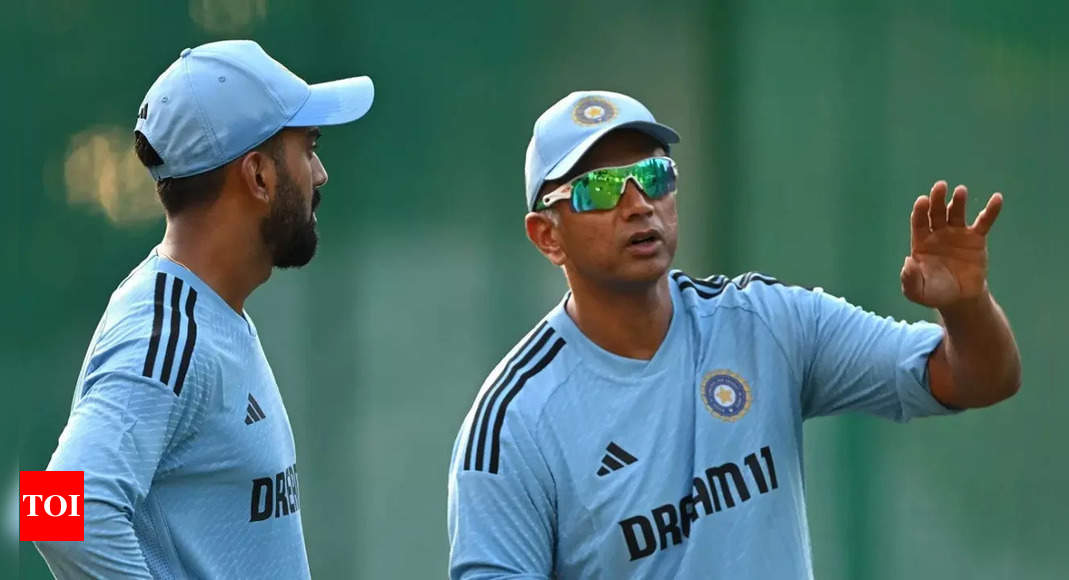

Even worse is the fact that one in every five road death victims in 2023 were pedestrians.
India is the road accident capital of the world. A disgraceful and regrettable record indeed. Nitin Gadkari, Union Minister of Road Transport and Highways, revealed that there were 4.80 lakh road accidents in 2023, resulting in 1.72 lakh deaths – a 4.2% rise in accidents and a 2.6% rise in deaths compared to 2022.
Even worse is the fact that one in every five road death victims in 2023 were pedestrians. It has been estimated that around 10,000 deaths occurred outside schools and colleges. The alarming numbers portray a deadly yet unchanging mix of civic indifference, government negligence and a cynical outlook.
Speaking during Question Hour in Lok Sabha recently, Nitin Gadkari lamented the rising road accident deaths in India, mainly due to the lack of respect or fear of traffic laws.
The minister acknowledged four critical areas to reduce road accidents: road engineering, automobile engineering, enforcement of laws, and public education.
The rising deaths of children and young adults also reflect our insensitivity as human beings.
Dangerous trend
India’s road death rate sharply contrasts with the global rate, which showed a decline. Road traffic deaths fell by 5% to 1.19 million fatalities annually worldwide between 2010 and 2021, with 108 UN member nations reporting a drop, per a World Health Organisation (WHO) report. India, however, registered a whopping 15% increase in fatalities.
China has roughly the same number of people, but it has reported just 60,028 fatalities in 2023.
Bad driving and weak law enforcement are only part of the problem. Another aspect is the rapidly growing number of vehicles. In 2024, India’s total vehicle production is expected to be around 28.43 million units, which is an increase from the previous year.
This means that the roads are mostly choked. It’s almost impossible to leave a safe distance between vehicles, and when space does open up, irritated drivers often respond by speeding up.
While the increase in population, road length, and vehicle numbers offers some context, experts point out that efforts to curb fatalities remain insufficient.
Road safety expert Ashwini Bagga says both policy interventions and political will are required. “Vehicles in India are increasing by the day and there is no cap on it. It is difficult to stop this because the automobile industry in India has a stake of 10% to 12% in India’s GDP. Similarly, the road network is also expanding,” he says.
“We may be developing state-of-the-art infrastructure, but our road users are still lacking basic knowledge for using such infrastructure and high-end vehicle technology. Lack of enforcement on highways is also a contributing factor,” adds Bagga.
Future generation – worst sufferer
In India’s metro cities and towns, there is no strict zone earmarked for schools and colleges. Areas around and near the schools and colleges, mainly in the city’s centre or some busy part of the city, often witness chaotic traffic. Students of all ages are forced to take a hazardous journey to school every day. While many students rely on private vehicles, most use public transport, cycles or simply walk.
Their daily nightmare begins right from the time they begin the journey to school, often packed in dangerously driven vans, autorickshaws, and buses, mostly without basic safety features (seat belts, Airbags etc); then trying to dodge speeding vehicles and walking through thin spaces between parked cars.
Our footpaths are too narrow, uneven, and often obstructed by makeshift eateries and electric transformers. Also, parked vehicles and large vans reversing near schools pose significant safety risks for children, compounded by long U-turns and speeding traffic.
The mixture of heavy traffic, poor pedestrian infrastructure, and lax enforcement of speed limits turns the daily commute into a frightening ordeal that constantly endangers children.
Highlighting ways to safeguard children and their school zone, Alok Kumar, Additional Director General of Police, Karnataka, says, “It needs a combination of engineering, enforcement and education.” The engineering aspect includes creating pedestrian crossing or a raised pedestrian crossing, and barriers and bollards to prevent risky movement of children and students.
“Displaying school/college zone boards and speed limit boards; traffic calming measures like use of rumble strips, cats eyes/studs. Strict enforcement of traffic rules, speed limits and educating students regarding following traffic rules and to take precautions while crossing the roads can go a long way in reducing accidents,” says Alok Kumar.
Along with redeveloping the educational institution zone for the safety of students, designated paths, proper signage, traffic signals and safe crossings along the entire route from home to school should be prioritised.
“It will be good to adopt best practices for developing safe zones near schools and colleges. Firstly, it will help in providing children a safe infrastructure to walk and cross roads. Secondly, it will alert road users to identify an educational institution whenever they approach a safe zone. At several locations in India, it has been exercised but it is required to be replicated on a larger scale,” says Bagga.
Are laws enough?
Traffic violations are rampant despite the amendments in the MVA (Motor Vehicle Act) in 2019 that increased the fines for breaking traffic rules.
The amendment was projected to bring down traffic violations by financially hurting the violators, but it apparently had a limited impact. So, increasing the penalty is definitely not a deterrent. Experts have also pointed to the failure to enforce Section 106(2) BNS (Bharatiya Nyaya Sanhita, 2023), that enhanced the sentence of imprisonment to deter fatal road accidents. Due to the widespread protests by various truck unions, the section was kept in abeyance by the government.
“More than creating new laws, strict enforcement of existing rules and laws is important. Enforcement authorities should be aware of these provisions and enforce the provisions of MVA Act and Rules and provisions of BNS. Suspension of driving licence u/ s 206(4) of MV Act, 1988 should be effectively implemented. Sec 106(2) of BNS should be put into force. A cohesive approach among the stakeholder agencies will go a long way in reducing road traffic accidents,” says Alok Kumar.
Harsher laws may not act as a complete deterrent. They needs to be complemented with better surveillance, policing and strict implementation of traffic rules, without which the law in itself may not achieve the desired outcome.






